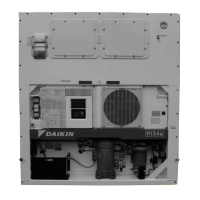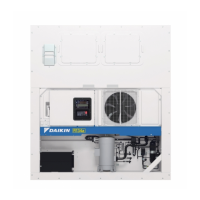TR08-03
(2008.9.00100)NK
$5,00
Marine type Container Refrigeration Unit Service Manual LXE10E100 or later
DAIKIN CONTAINER
LXE10E-A
TR 08-03
Marine type
Container Refrigeration Unit
Service Manual
Head Office. Umeda Center Bldg., 4-12, Nakazaki-Nishi 2-chome, Kita-ku, Osaka, 530-8323 Japan.
Tel: 06-6373-4338
Fax: 06-6373-7297
Tokyo Office. JR Shinagawa East Bldg., 11F 18-1, Konan 2-chome, Minato-ku Tokyo, 108-0075 Japan.
Tel: 03-6716-0420
Fax: 03-6716-0230
LXE10E100 or later
(DECOSⅢe)
LXE10E100以降(E)表14巾9.1.qx08.9.410:12AMページ1



